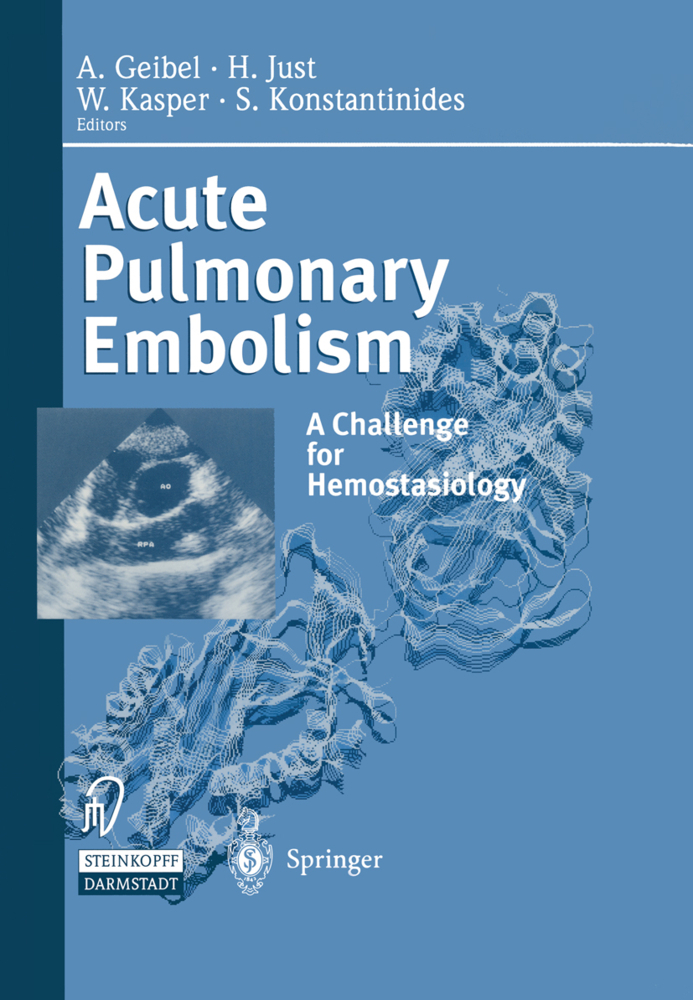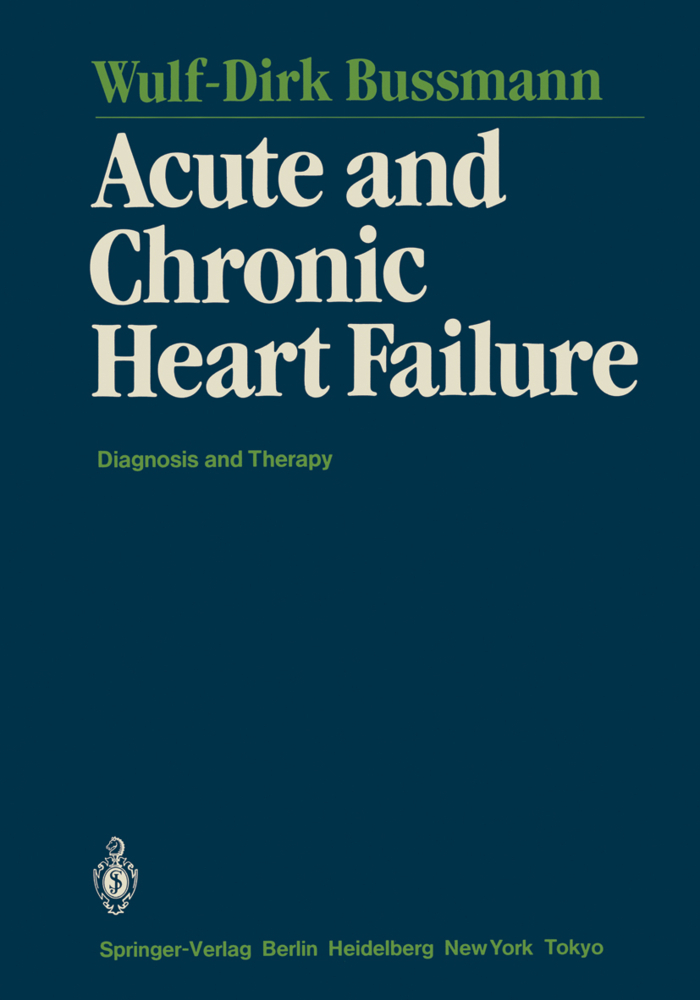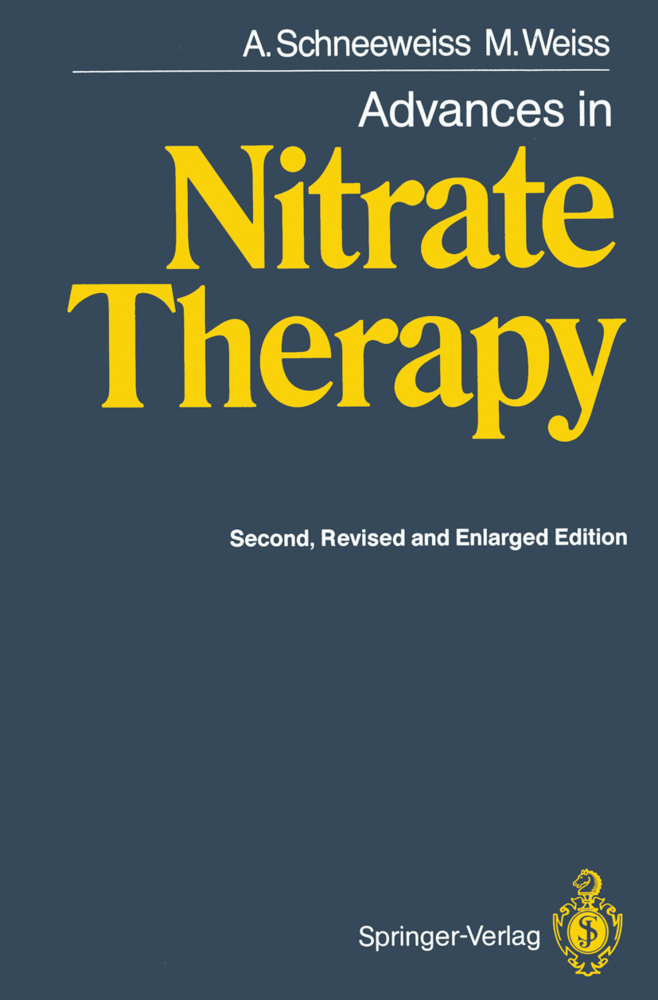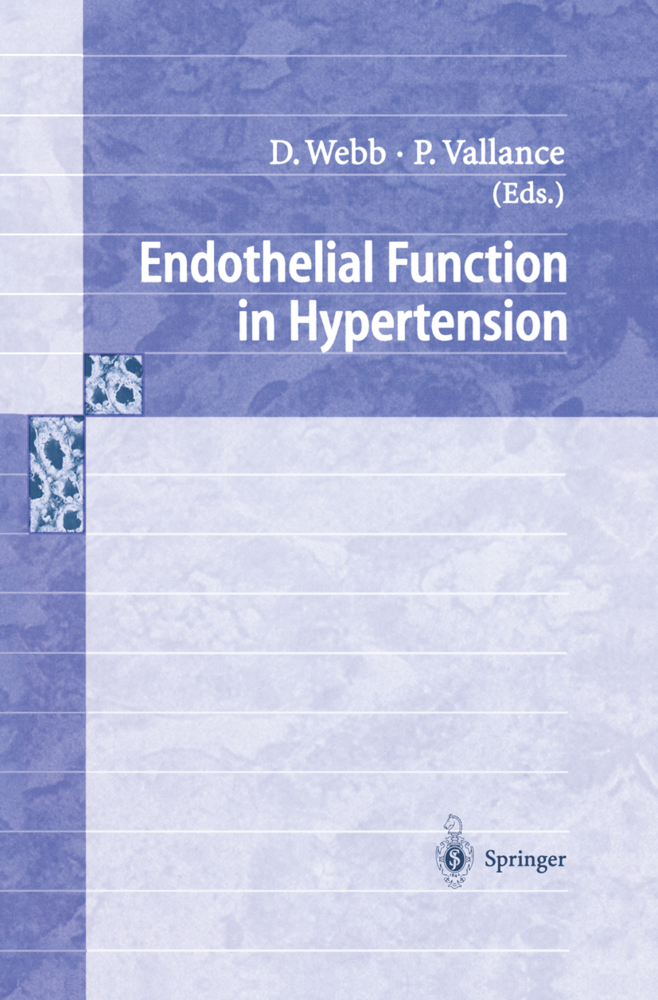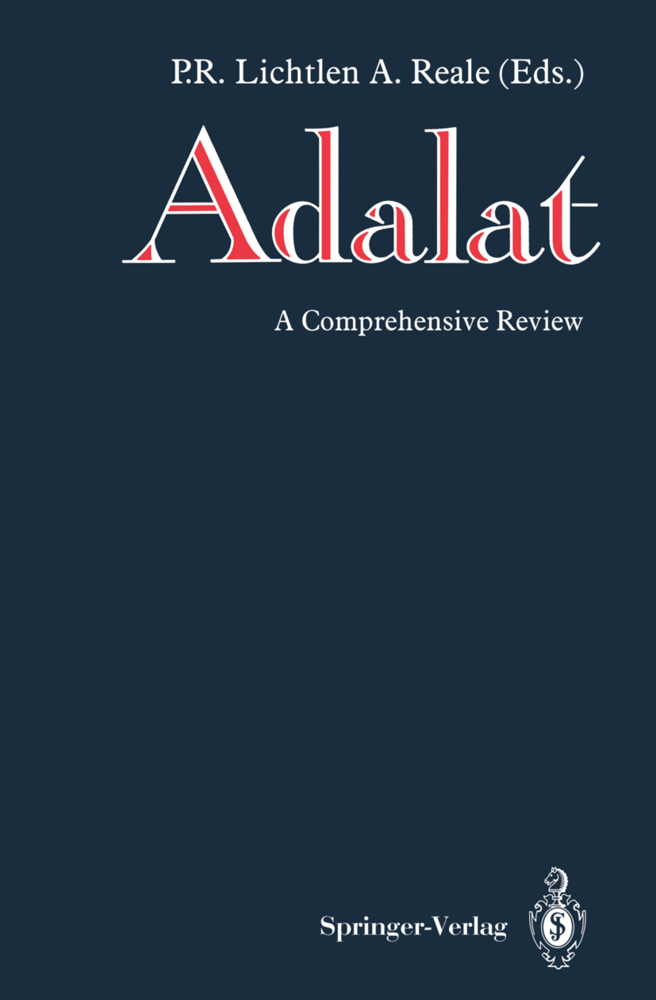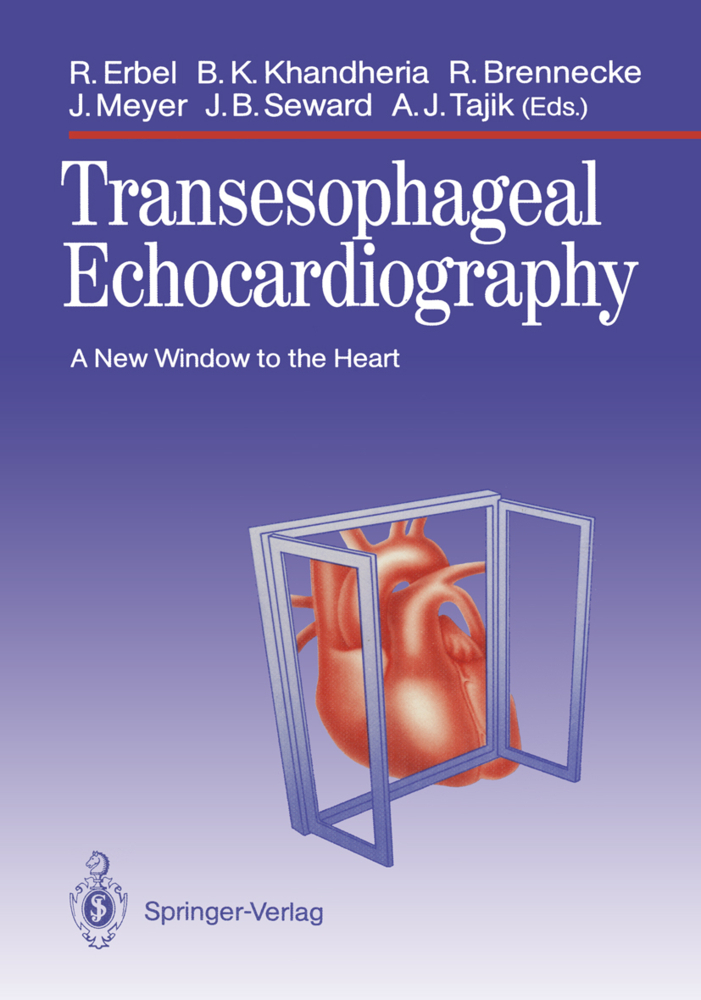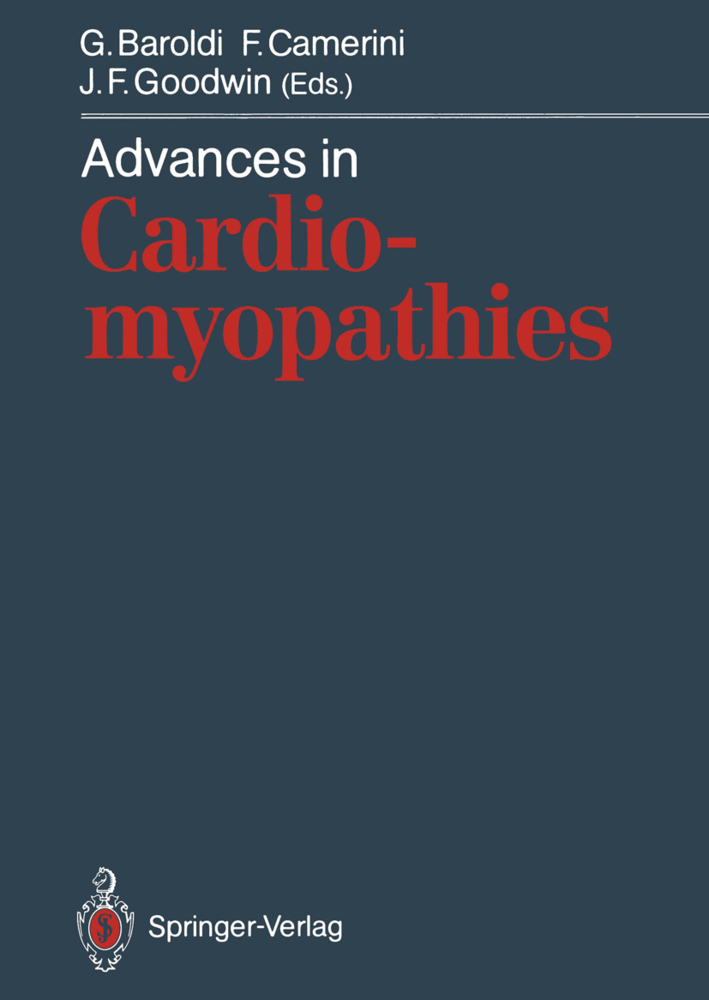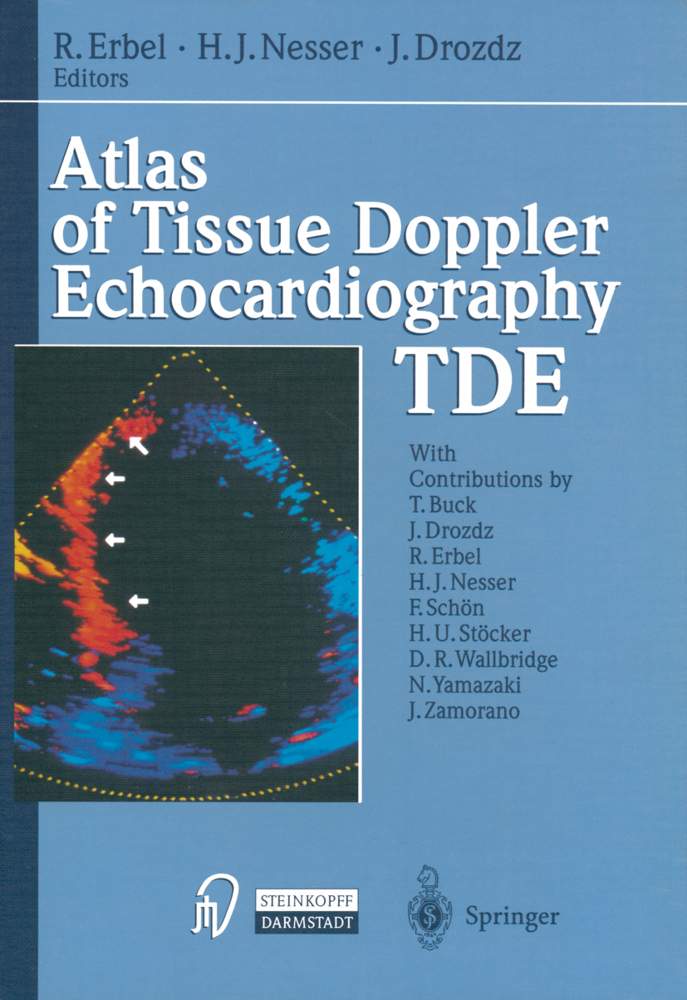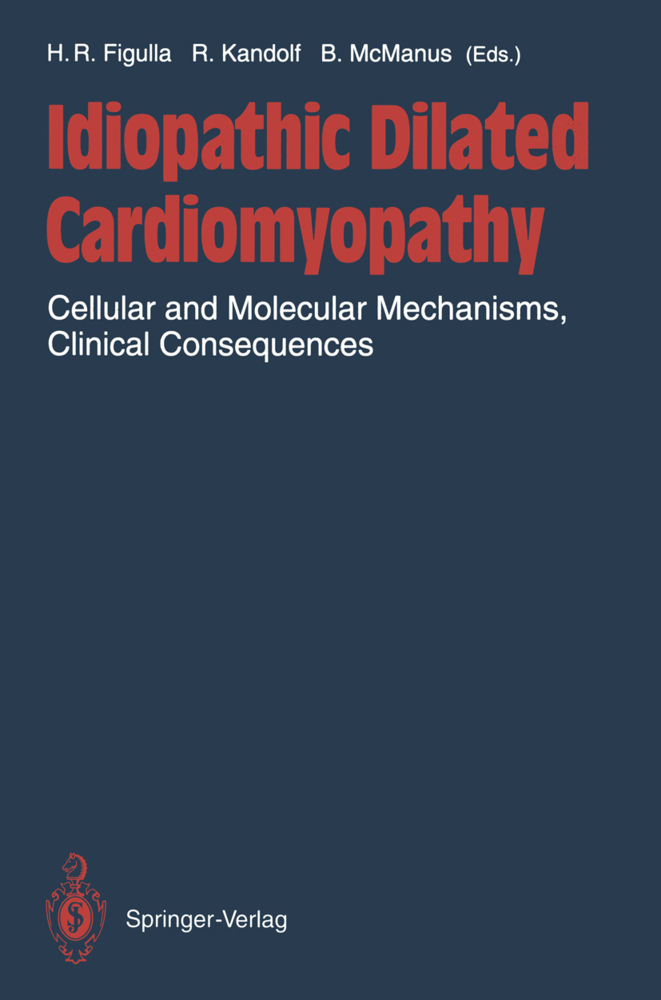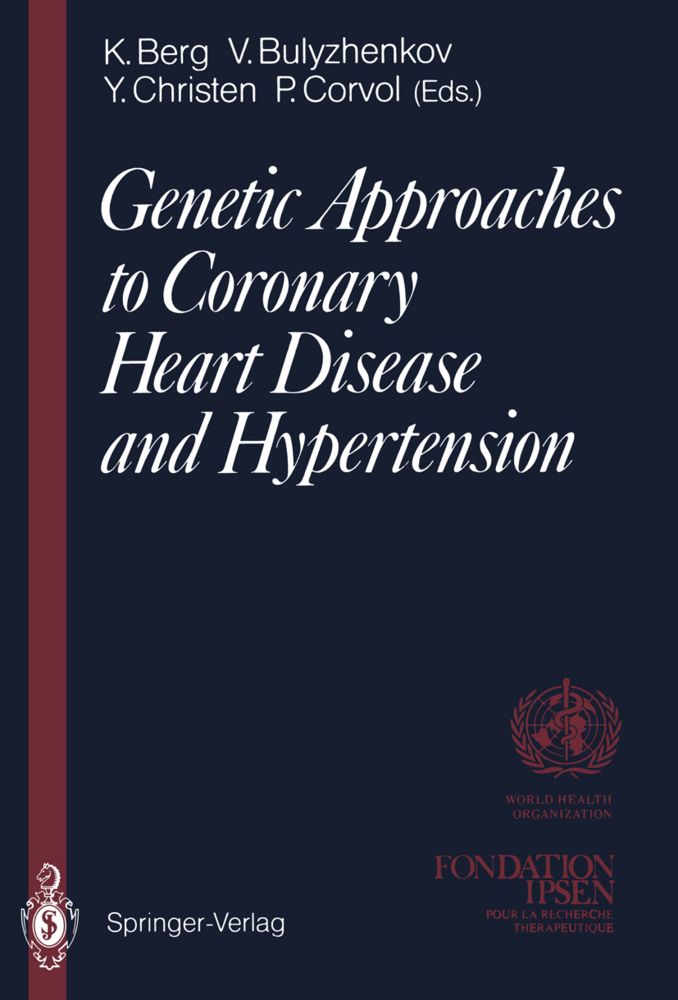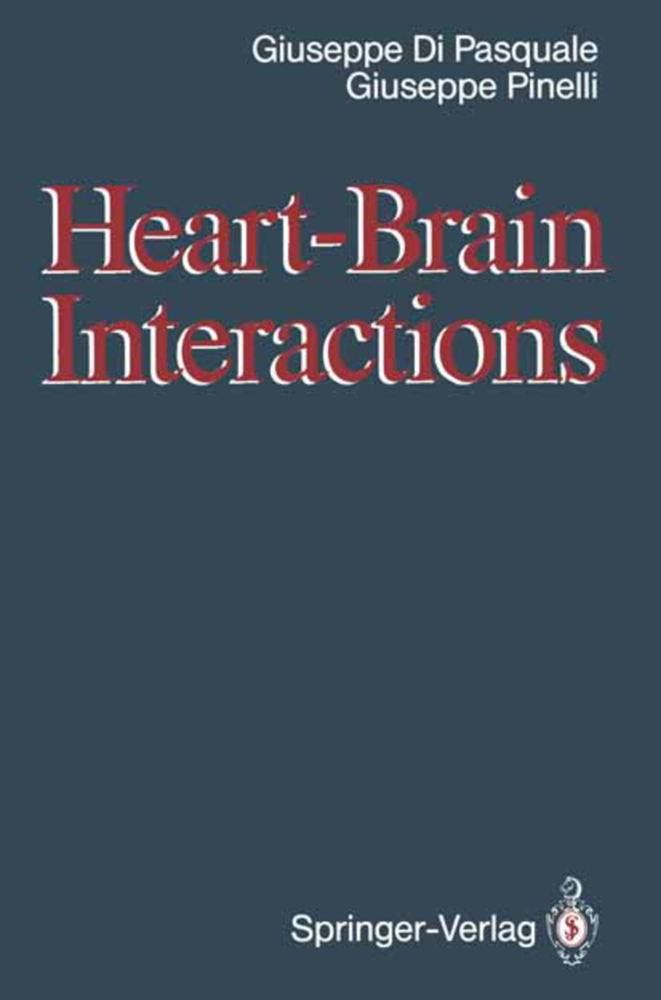Acute Pulmonary Embolism
A Challenge for Hemostasiology
Acute Pulmonary Embolism
A Challenge for Hemostasiology
Inspite of considerable progress in prevention, diagnosis, and treatment, pulmonary embolism has remained a threat to the patient and a challenge for the physician both in conservative, as well as in operative disciplines. Pulmonary embolism is according to pathology observations still the most frequently overlooked clinical diagnosis. In 1-5 per 100 autopsies, clinically unexpected pulmonary emboli are found. In addition, the sequelae of recurrent pulmonary emboli, the syndrome of pulmonary hypertension with or without right heart failure, continues to present a therapeutic dilemma - and no progress is in sight. In intensive care medicine pulmonary embolism, either acute, massive, and/or recur rent, continues to be both a therapeutic as well as a preventive challenge mobilizing pharmacotherapeutic, catheter-interventional, and operative resources. Diagnostic, therapeutic, and preventive strategies are currently in use. Their basis, however, seems surprisingly thin, as far as our knowledge on the natural course of this chameleon-like illness with and without fibrinolytic, anticoagulative, catheter or opera tive treatment is concerned. A large European multicenter register has been initiated by Professors Kasper and Geibel with the help of Boehringer Ingelheim Pharmaceutics, in order to better describe the natural course of pulmonary embolism under current treat ment modalities. Furthermore, recently the clinical significance of the valve patent foramen ovale as a source of paradoxical emboli is beginning to be better understood. Many concepts therefore require revision.
Hypercoagulative syndrome: Molecular markers for the identification of cardiovascular patients at risk
Clinical implications of the new understanding of thrombophilia
The clinical syndrome of acute pulmonary embolism
Mechanisms of ventilation-perfusion mismatch and hemodynamic alterations in acute and chronic pulmonary embolism
Clinical course and prognosis of acute pulmonary embolism
Clinical implications of a patent foramen ovale in patients with massive pulmonary embolism
The value of echocardiography in the diagnostic work-up of patients with suspected acute pulmonary embolism
Scintigraphy-ventilation/perfusion scanning and imaging of the embolus
MR-angiography in the diagnosis of pulmonary embolism
Anticoagulation and fibrinolysis
Anticoagulation
Mechanism of blood coagulation. Newer aspects of anticoagulant and antithrombotic therapy
Low molecular weight heparins - Pharmacological principles and indications in clinical practice
Heparin-induced thrombocytopenia
New developments in the thrombolytic therapy of venous thrombosis
The risk of recurrent venous thromboembolic disease - implications for treatment
A randomized trial of the effect of low molecular weight heparin vs. warfarin on mortality in the long-term treatment of proximal vein thrombosis
Fibrinolysis
Thrombolytic therapy in pulmonary embolism. Which patients should be treated, which regimen should be used?
Thrombolytic treatment of pulmonary embolism: Life-saving option or unacceptable risk?
Surgical treatment of acute pulmonary embolism.
Thrombophilia and thrombogenesis
The molecular mechanisms of inherited thrombophiliaHypercoagulative syndrome: Molecular markers for the identification of cardiovascular patients at risk
Clinical implications of the new understanding of thrombophilia
The clinical syndrome of acute pulmonary embolism
Mechanisms of ventilation-perfusion mismatch and hemodynamic alterations in acute and chronic pulmonary embolism
Clinical course and prognosis of acute pulmonary embolism
Clinical implications of a patent foramen ovale in patients with massive pulmonary embolism
The value of echocardiography in the diagnostic work-up of patients with suspected acute pulmonary embolism
Scintigraphy-ventilation/perfusion scanning and imaging of the embolus
MR-angiography in the diagnosis of pulmonary embolism
Anticoagulation and fibrinolysis
Anticoagulation
Mechanism of blood coagulation. Newer aspects of anticoagulant and antithrombotic therapy
Low molecular weight heparins - Pharmacological principles and indications in clinical practice
Heparin-induced thrombocytopenia
New developments in the thrombolytic therapy of venous thrombosis
The risk of recurrent venous thromboembolic disease - implications for treatment
A randomized trial of the effect of low molecular weight heparin vs. warfarin on mortality in the long-term treatment of proximal vein thrombosis
Fibrinolysis
Thrombolytic therapy in pulmonary embolism. Which patients should be treated, which regimen should be used?
Thrombolytic treatment of pulmonary embolism: Life-saving option or unacceptable risk?
Surgical treatment of acute pulmonary embolism.
Geibel, A.
Just, Hanjörg
Kasper, W.
Konstantinides, S.
| ISBN | 978-3-642-51192-9 |
|---|---|
| Artikelnummer | 9783642511929 |
| Medientyp | Buch |
| Copyrightjahr | 2012 |
| Verlag | Springer, Berlin |
| Umfang | VIII, 199 Seiten |
| Abbildungen | VIII, 199 p. 120 illus. |
| Sprache | Englisch |

